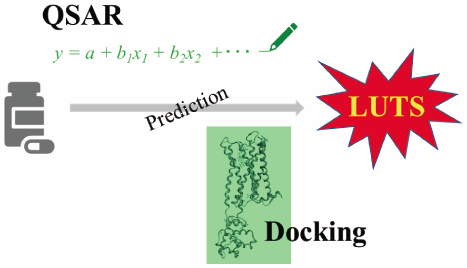- J-STAGE home
- /
- Chemical and Pharmaceutical Bu ...
- /
- Volume 68 (2020) Issue 8
- /
- Article overview
-
Materu Yuyama
Graduate School of Pharmaceutical Sciences, International University of Health and Welfare Graduate School
-
Takeshi Ito
Graduate School of Pharmaceutical Sciences, International University of Health and Welfare Graduate School Department of Pharmaceutical Sciences, International University of Health and Welfare
-
Yumiko Arai
Graduate School of Pharmaceutical Sciences, International University of Health and Welfare Graduate School
-
Yuki Kadowaki
Department of Pharmaceutical Sciences, International University of Health and Welfare
-
Natsumi Iiyama
Department of Pharmaceutical Sciences, International University of Health and Welfare
-
Ayako Keino
Department of Pharmaceutical Sciences, International University of Health and Welfare
-
Yurina Hiraoka
Department of Pharmaceutical Sciences, International University of Health and Welfare
-
Takayuki Kanaya
Department of Pharmaceutical Sciences, International University of Health and Welfare
-
Yasuyuki Momose
Graduate School of Pharmaceutical Sciences, International University of Health and Welfare Graduate School Department of Pharmaceutical Sciences, International University of Health and Welfare
-
Masaaki Kurihara
Corresponding author
Graduate School of Pharmaceutical Sciences, International University of Health and Welfare Graduate School Department of Pharmaceutical Sciences, International University of Health and Welfare
Supplementary material
2020 Volume 68 Issue 8 Pages 773-778
- Published: August 01, 2020 Received: March 17, 2020 Released on J-STAGE: August 01, 2020 Accepted: May 01, 2020 Advance online publication: - Revised: -
(compatible with EndNote, Reference Manager, ProCite, RefWorks)
(compatible with BibDesk, LaTeX)


